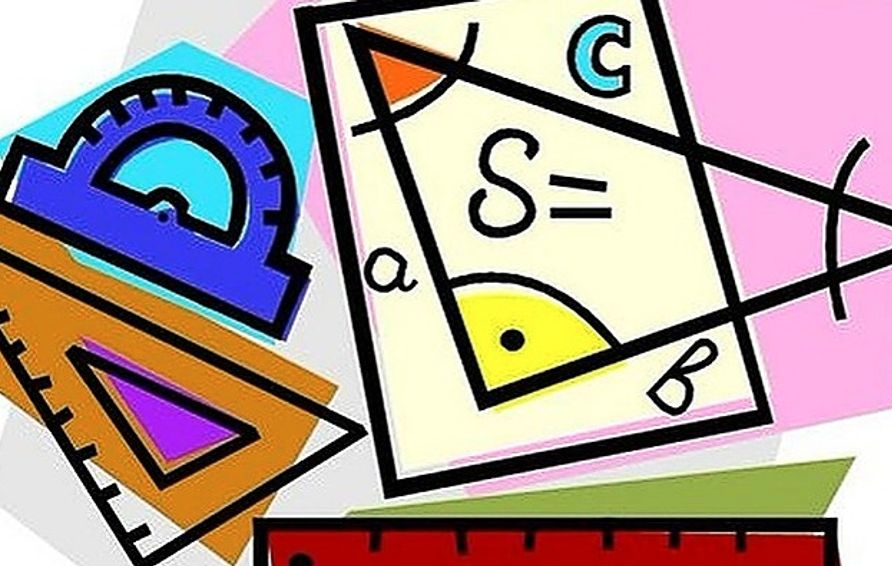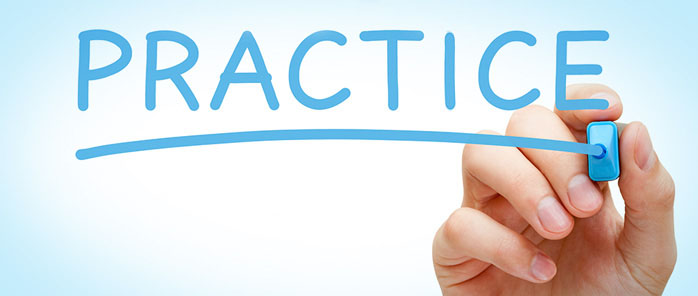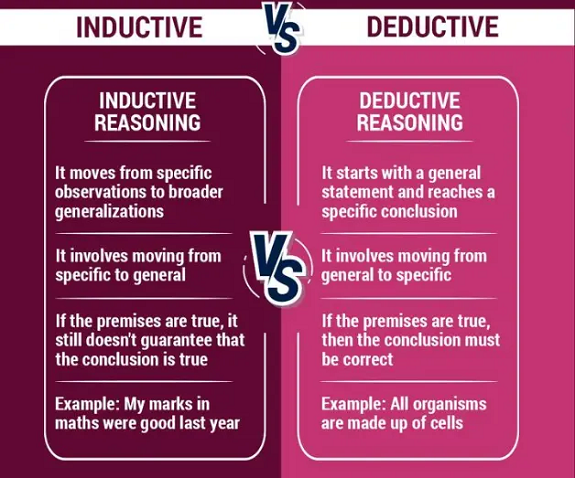Lesson 4: Deductive Reasoning
Unit 2 Lesson 4: Deductive Reasoning

Lesson Overview
Deductive Reasoning
What You Will Learn
- Learn to logically use the reasoning process from 'givens' (facts) to reach a conclusion.
- You are concluding logical arguments.
Column 1

In this lesson, you will learn to use the process of reasoning logically from given statements or facts to conclude. You will show your understanding by concluding logical arguments.
Essential Understanding
Given factual statements, you can use deductive reasoning to make a valid conclusion. Deductive reasoning (sometimes called logical reasoning) is the reasoning process from given statements or facts to a conclusion.
This course is based on a textbook that is viewable by clicking on the textbook icon. Keep the textbook open while you go through the lesson so that you may refer to it throughout the lesson.
Additional Resources
Lesson 4: Deductive Reasoning
Proceed to the Next Page
Prepare for Application
Instructions

You have now studied Deductive Reasoning. It is now time to demonstrate your learning.
Try the activities below on your own. You should be able to answer these before beginning the practice.
Do these activities in your journal.
Activity 1
What can you conclude from the information given?
- If there is lightning, it is unsafe to be out in the open. Marla sees lightning from the soccer field.
- If a figure is a square, then its sides have equal length. Figure ABCD has sides of equal length.
Activity 2
What can you conclude from the given information?
- If a whole number ends in 0, it is divisible by 10. If a whole number is divisible by 10, it is divisible by 5.
- If and are opposite rays, then the two rays form a straight angle. If two rays are opposite rays, then the two rays form a straight angle.
Activity 3
1. What information can you conclude from the given information? What is your reasoning?
- Suppose a river is more than 4000 mi.long, then it is longer than the Amazon.
- If a river is longer than the Amazon, it is the longest river in the world.
- The Nile is 4132 mi. long.
2. In problem three on page 109 of your textbook, does it matter whether you use the Law of Syllogism or the Law of Detachment first? Explain.


